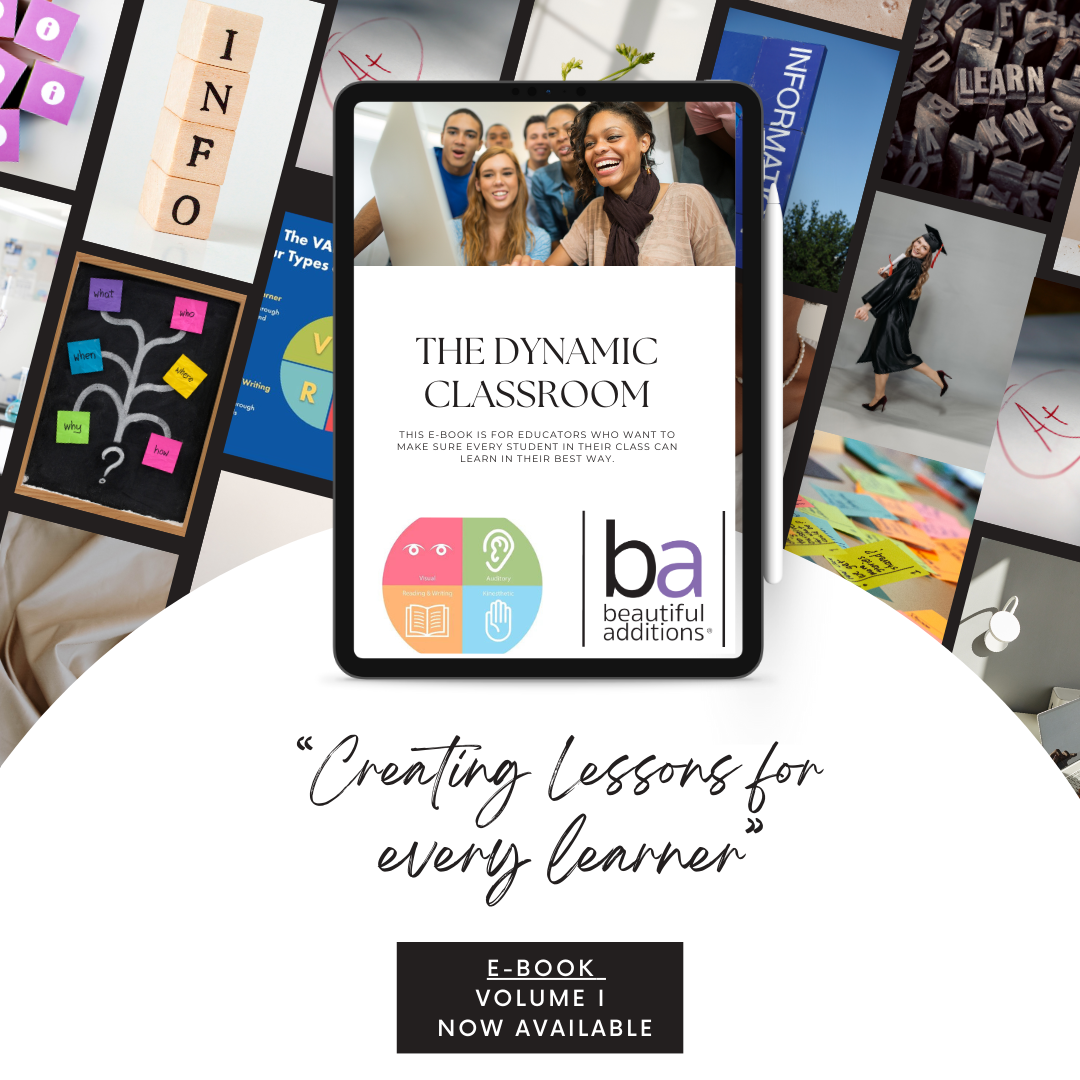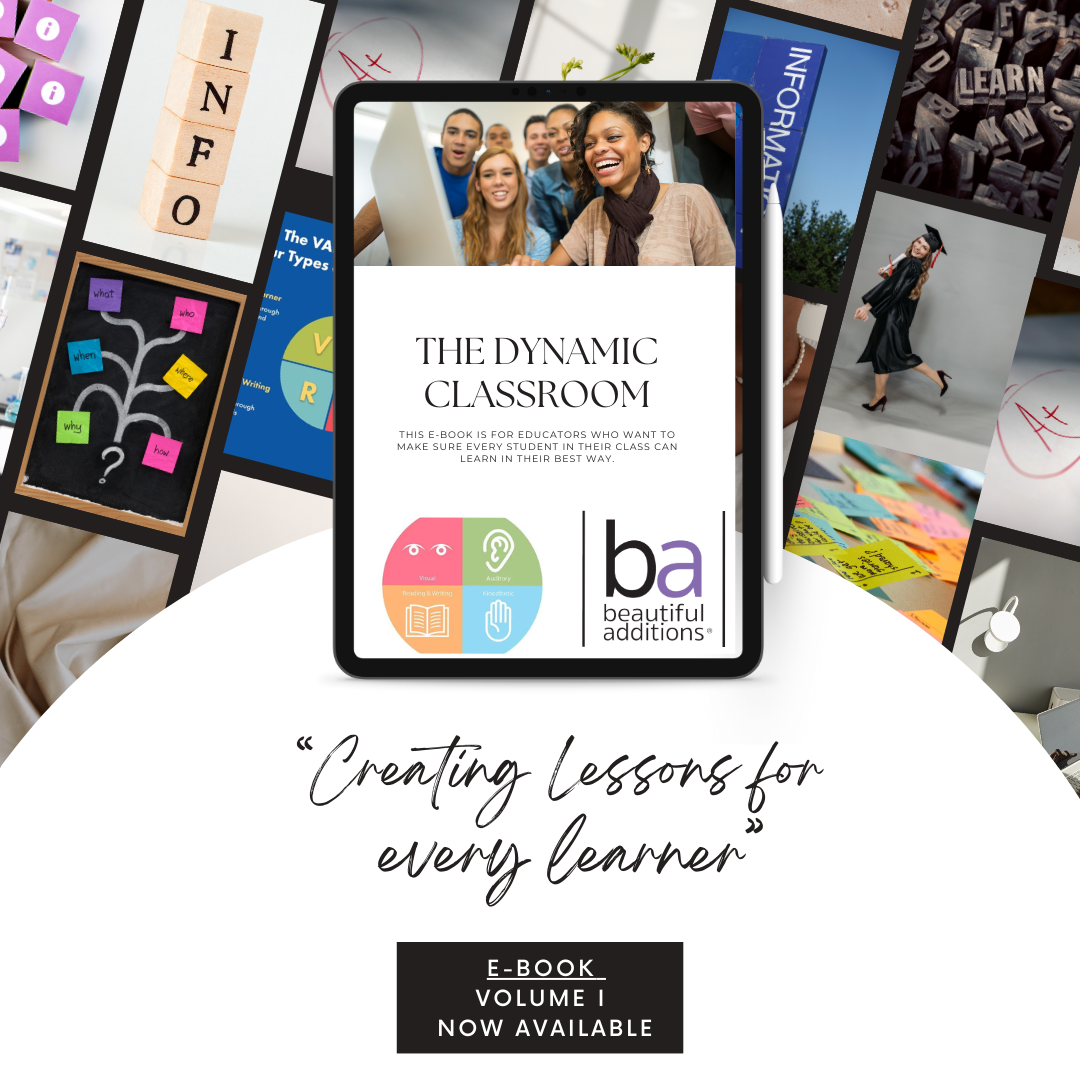Using different colors and smells for studying can really help students remember their lessons better. Plus, taking notes with different colors and scents will be fun and help students feel a stronger connection to their work. This is a big deal when tackling complex subjects, as it can make learning seem less like a chore and more like an adventure.
When a student picks a color and a smell for each thing they need to learn, it's like they're giving their brain a double reminder of what that thing is. This way, they get to see the color and smell the scent, which makes it easier for them to remember what they're learning. It's like when you smell cookies baking and immediately think of your kitchen; your brain connects smells and sights to memories really well.
This method is great because it fits different ways of learning. Some students learn best by seeing (visual learners), while others remember things better when they involve their senses (VARK method). By combining colors with scents, students are not just reading or writing; they're making the learning process more active and fun. They have to think about what color and scent to use for each topic, which helps them understand and remember the material better. By using colors and smells, students can keep all the information organized in their heads, making it easier to study and do well in their classes.
- Enhances Memory Recall: Different colors can help in categorizing information and associating concepts, making it easier for students to recall the material. For instance, students might use one color for definitions, another for key terms, and a different color for examples. This method leverages the psychological aspect of color association to boost memory.
- Increases Engagement: Using multiple colors can make the note-taking and learning process more engaging and enjoyable. It breaks the monotony of monochrome notes, encouraging students to spend more time on their notes, which can enhance learning and retention.
- Improves Organization: Color coding can help students organize information more effectively. It allows them to create a visual ranking of information, making it easier to differentiate between main ideas, supporting details, and connections between topics. This organizational benefit is crucial where there are vast amounts of information about different techniques, products, and procedures.
- Facilitates Visual Learning: Many students are visual learners, meaning they absorb information more effectively when it's presented visually. Colored notes can cater to these learners by highlighting critical information and organizing content in a visually appealing manner. Visual cues can help in understanding complex beauty and cosmetology concepts.
- Stimulates Creativity: Using multiple colors in notes and activities can stimulate students' creative processes. This practice encourages them to think outside the box, explore different perspectives, and develop innovative solutions and ideas in their studies.
- Aids in Distinction of Concepts: Using different colors can help students distinguish between various areas more easily, aiding in a clearer understanding of each distinct subject. Just as colors can help differentiate between subjects or concepts, scents can also provide a unique way to segment information.
- Reduces Stress: The act of coloring and organizing notes can have a calming effect on students, reducing stress and anxiety associated with studying. This can make learning more enjoyable and less overwhelming, fostering a more positive learning environment.
- Stimulates Multiple Senses: Utilizing scented markers and pens engages not just the visual but also the olfactory senses, creating a multi-sensory learning experience. This can lead to better retention of information, as studies suggest that the more senses involved in the learning process, the more likely the information will be remembered.
- Improves Concentration: Certain scents can have a positive effect on students' concentration levels. For example, the smell of peppermint is often associated with increased alertness and memory function. Incorporating such scents into note-taking or classroom activities could help students stay focused and retain more information.
- Enhances Emotional Connection: Scents have a strong link to emotions and memories. By associating different scents with various concepts or sections of their notes, students might find it easier to recall information due to the emotional connection that the scent evokes. This emotional engagement can be particularly beneficial in subjects that require a deep understanding of complex material.
- Increases Motivation and Enjoyment: The novelty of using scented markers and pens can increase students' motivation and enjoyment of the learning process. This heightened engagement can lead to a more positive attitude toward studying and a willingness to participate in classroom activities.
Overall, using colors and smells in notes and activities helps students in many ways. It fits with the VARK method, which is about different learning styles, including seeing, hearing, reading/writing, and doing. Colors help students who learn by seeing, while smells help those who learn by doing. Together, they make learning more active and fun, help students stay organized, and make it easier for them to understand and remember what they're learning.



